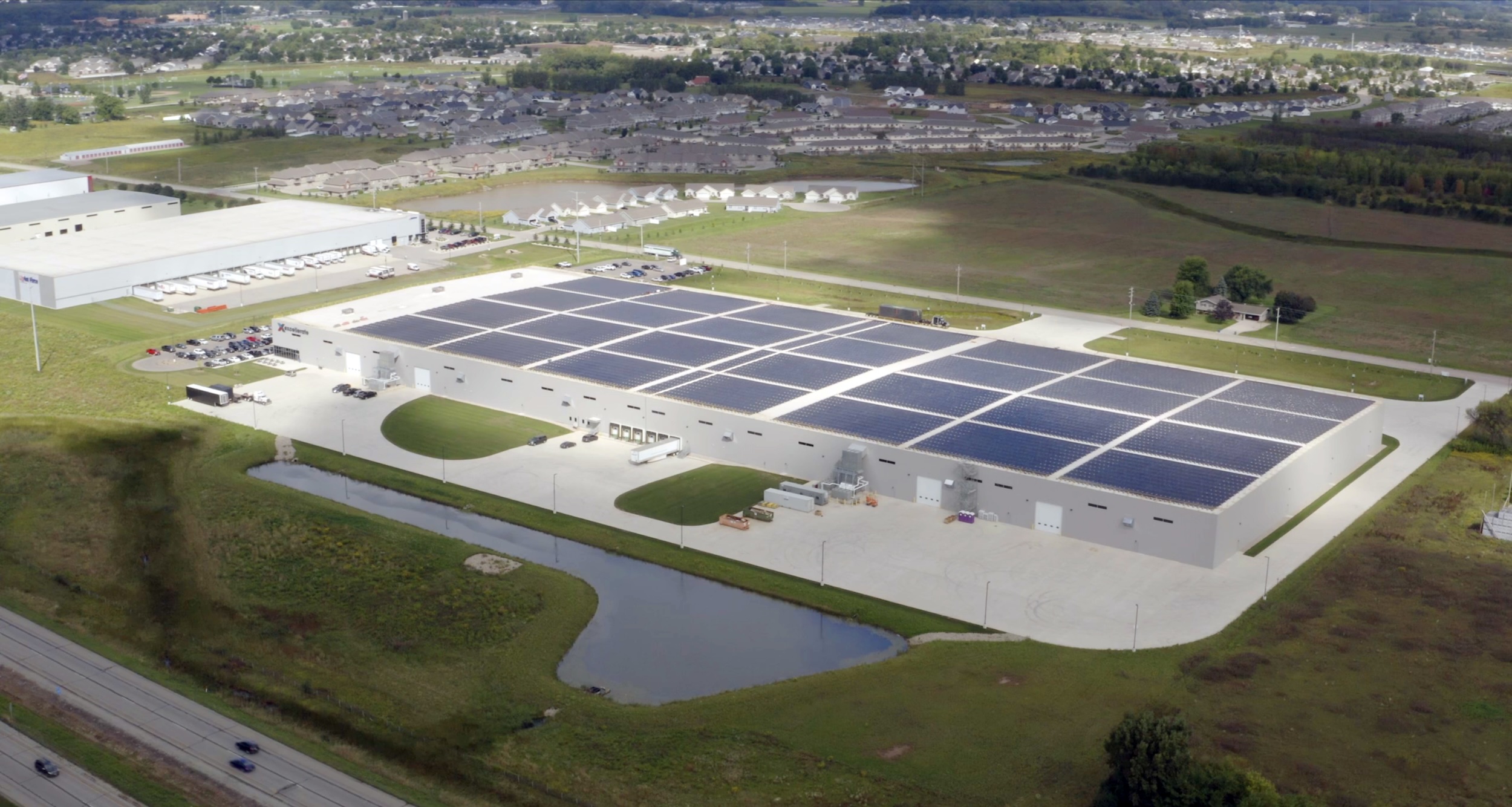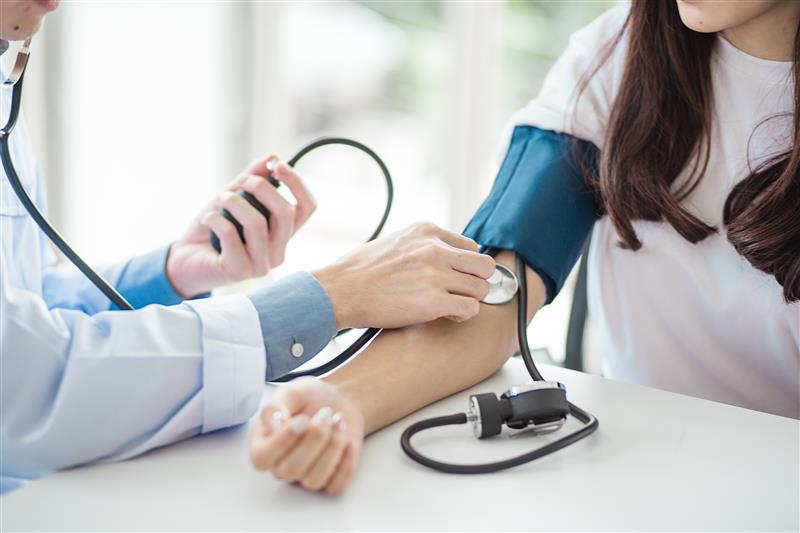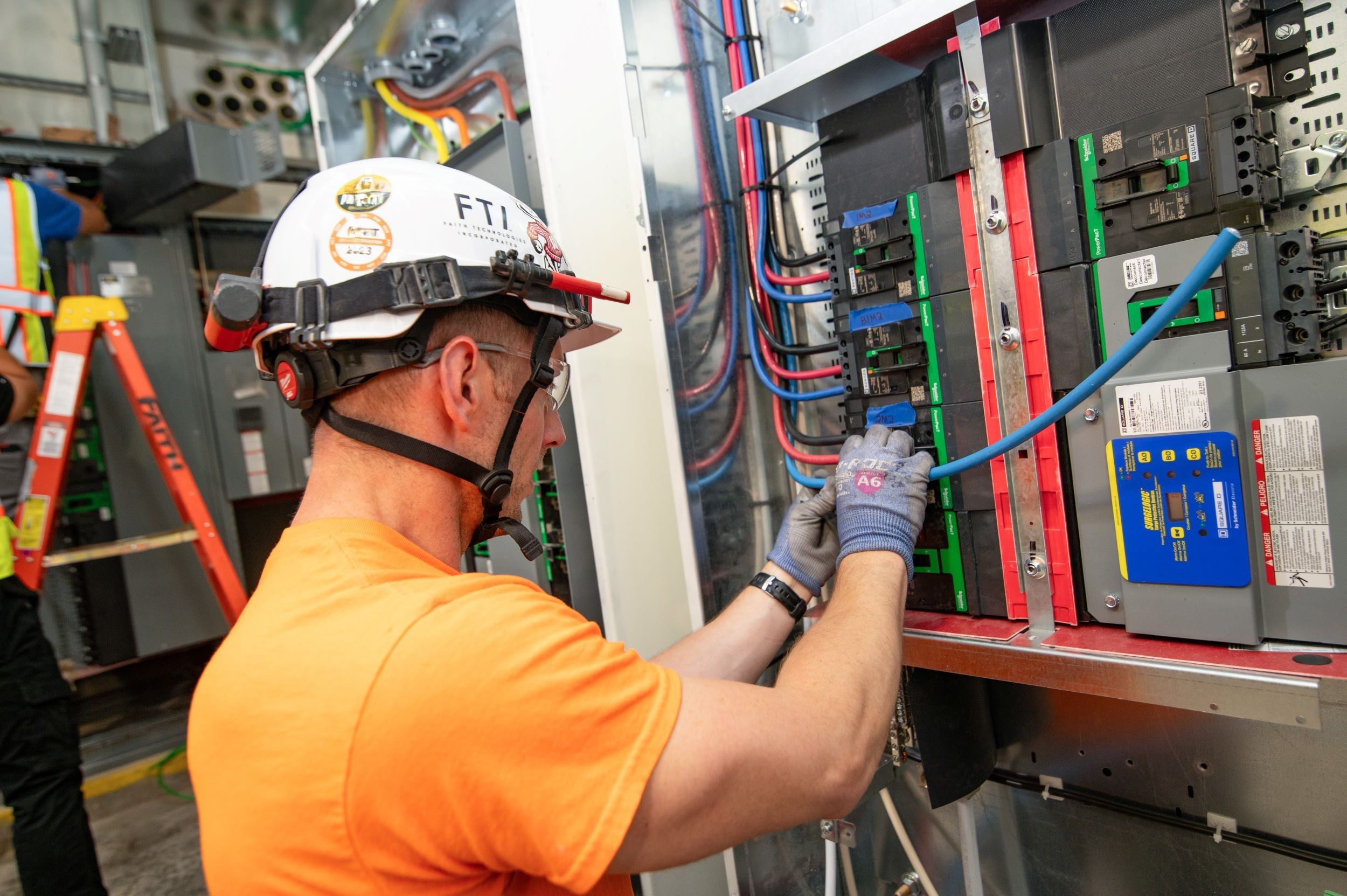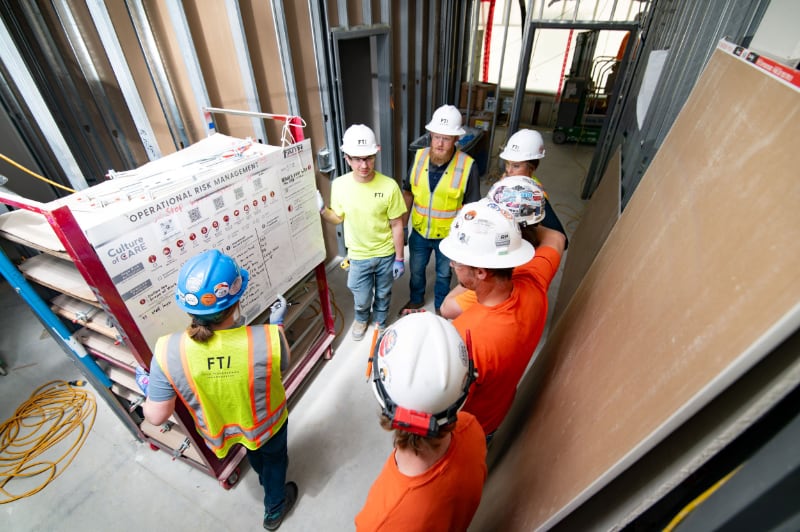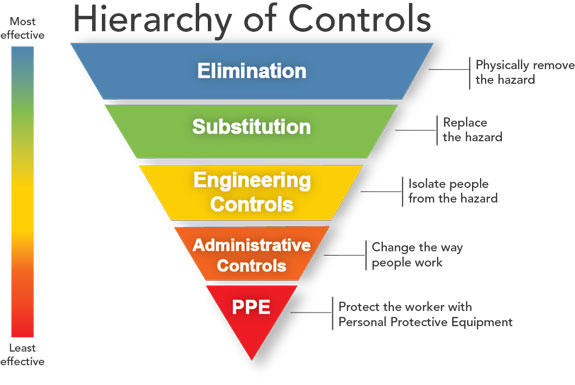
In the topic of workplace safety, the hierarchy of controls stands as a pivotal system, organizing safety measures by effectiveness to reduce daily hazards. This system aids workers in choosing best strategies for hazard prevention. This blog post is a comprehensive guide to understanding the hierarchy of controls, encompassing its definition, levels, examples and implementation tips.
The Hierarchy of Controls
At its core, the hierarchy of controls is a ranking system devised to gauge the effectiveness of safety measures. Serving as a blueprint for safety professionals and team members, it helps in recognizing which measures are most fitting to control a specific hazard.
Why Employ the Hierarchy of Controls?
This system proves invaluable for employees aiming to pinpoint the most effective means of hazard control. By adhering to the hierarchy of controls, organizations ensure the application of ideal measures to safeguard their workforce.
The Five Levels of the Hierarchy of Controls

Image by NIOSH-National Institute for Occupational Safety and Health
The hierarchy of controls unfolds as an inverted pyramid, featuring five levels ranked from most to least effective:
- Elimination – The pinnacle of hazard control, elimination involves completely removing the hazard from the workplace. This ensures prevention of potential harm or injury. Example: Moving elevated work to ground level.
- Substitution – Substitution entails replacing hazardous elements with less dangerous alternatives, mitigating occupational risks. Example: Replacing a skin-irritating chemical with a milder alternative.
- Engineering Controls – Engineering controls focus on isolating hazards or altering tasks to minimize exposure. This often involves incorporating safety measures for enhanced workplace safety. Example: Installing ventilation systems to remove harmful fumes.
- Administrative Controls – Administrative controls revolve around altering work practices or tasks to reduce exposure. This includes changes to operational processes, work schedules or the introduction of signage. Example: Mandating breaks for employees working in areas with hot temperatures.
- Personal Protective Equipment (PPE) – PPE serves as the last line of defense, to be used when other control methods are impractical or ineffective. Example: Employing protective clothing and gear to shield against hazards.
Tips for Implementation
- Interim Controls – When time is a factor, implement interim controls from the top down while working on long-term solutions.
- Hazard Analysis – Rigorously analyze safety measures to ensure they do not introduce new hazards directly or indirectly. At FTI we use an Occupational Risk Management (ORM) system to illustrate the tasks performed by each crew.
- Combined Approaches – If a single method falls short, employ a combination of controls for added worker protection.

This evaluation of the hierarchy of controls equips you with the knowledge to navigate workplace safety effectively, prioritizing measures that truly make a difference.
If you enjoyed this blog article, please subscribe to stay up to date on the latest industry news from our experts at FTI.



